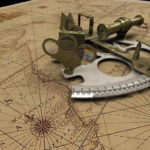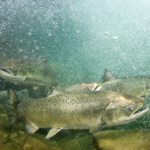Polypropylene pipes have long established themselves in construction, due to their reliability, low cost and ease of installation. Plastic pipes are actively used in industrial construction due to high chemical resistance, where products made of metals cannot be used in any case. Such products on the market are represented by two types of structures: single -layer and multi -layer. The first species include a homopolymer, a random-polypropylene and a polypropylene block. Multilayer structures are represented by three species that have different characteristics:
Aluminum foil is attached from above the working pipe with glue and covered with a small protective layer;
The working pipe, foil and protective layer are connected using perforated holes in the foil;
A puff structure, which includes a layer of less plastic layer plastic between the layers of the base;
The polypropylene pipe, as a rule, has a length of about 4 meters, and the outer diameter varies from 16 to 125 millimeters, depending on the use.
The pipe and fitting are interconnected using special installation equipment, the thermoplastic welding method. The assortment includes fittings with threads, this allows you to connect products to existing metal systems.
Polypropylene pipes are widely used in various areas of human life, such as, for example, heating of residential buildings, cold and hot water supply, technical pipelines, various purposes, including a pipeline for chemicals, installation of compressed air, etc. D.
The main advantages of this type of product can be considered their low weight, according to this indicator, this type of product surpasses even some types of plastic pipes. They are very resistant to the emergence of various types of corrosion, and to various chemical reactions that can be, and are not susceptible to electrical corrosion.
Also, these products are not rusty for all the time of operation and is not deceived, and lime deposits are not formed on the internal surfaces, which over time reduce the throughput of the pipes. Another of the advantages is that when the water freezes, they do not burst like steel. And besides this, they have a high degree of sound insulation and vibration insulation.



